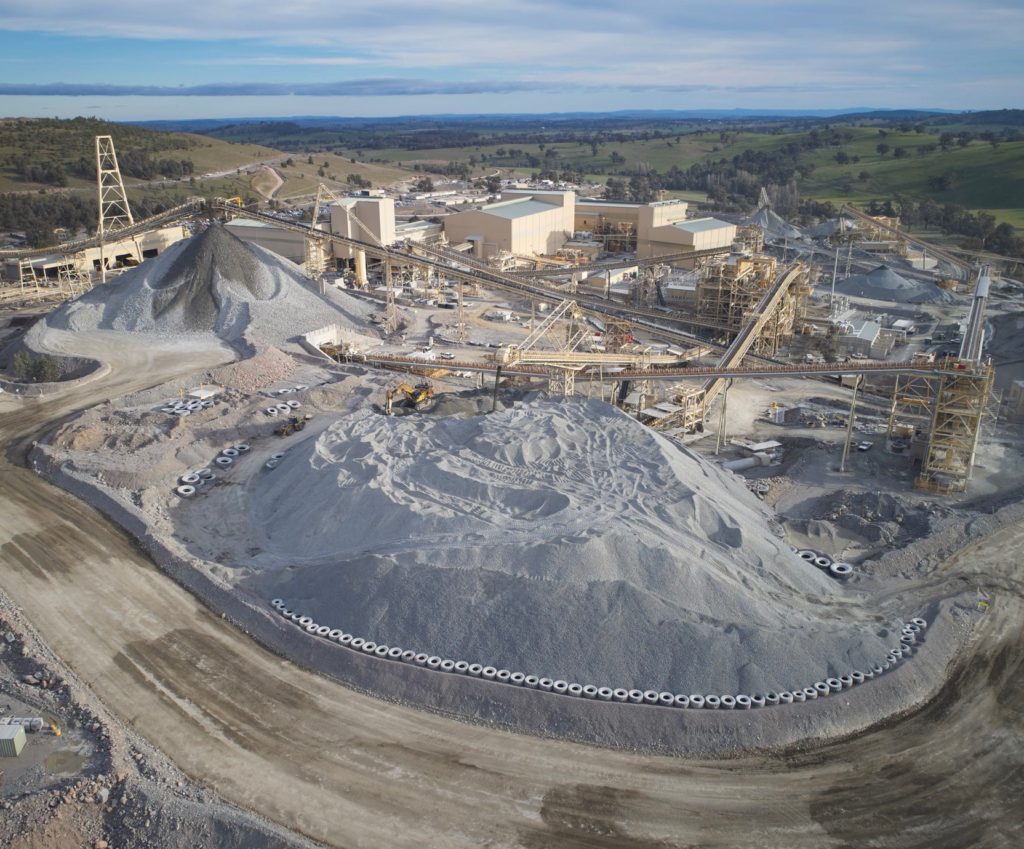Having committed to and benefitted from the use of battery-electric haulage at its Brucejack underground mine in Canada, Newcrest Mining is now looking into equipment electrification options at its Cadia underground mine in Australia.
In its recently published annual report, the company confirmed it was planning for electric vehicle trials at the mine in New South Wales. This follows the deployment of a fleet of Sandvik Z50 battery-electric trucks at Brucejack, along with a trial of Sandvik’s LH518B battery-electric loader.
Newcrest, which is currently the subject of a friendly takeover from Newmont Mining, continued to progress its “Net Zero by 2050” goal during its financial year to June 30, 2023, with the scoping and planning of key trials and studies to implement the Group Net Zero Emissions Roadmap continuing.
A company spokesperson confirmed to IM that its plans at Cadia – a block cave operation that is currently being expanded – could see a ZERO Automotive battery-electric light utility vehicle deployed for trials in its current financial year. This comes alongside plans to test out MacLean’s battery electric ML5 Multi-Lift, also in FY2024.
ZERO Automotive has made inroads into the Australian underground mining space, deploying vehicles at multiple OZ Minerals (now BHP) sites, in addition to bringing an ultra-safe ZED70 Ti battery-electric converted utility vehicle, using LTO battery technology, to IGO’s Nova project in Western Australia.
MacLean’s ML5, meanwhile, is the newest addition to the company’s utility vehicle product line, initially designed as a safe and purpose-built alternative to the use of integrated tool carriers in underground operations across Australia. This specific application context – mine services installation and repair work from a certified elevated work platform with a 6.5-m working height and a 4.5-t payload – was the foundation of the ML5’s engineered design for safety, productivity and versatility.
Newcrest’s plans to incorporate more electric equipment into its operating fleet have – most likely – been influenced by the impressive results the company has seen at Brucejack, with the battery-electric trucks expected to improve truck productivity, lower unit costs and abate approximately 65,000 tonnes of CO2 emissions through to 2030.











